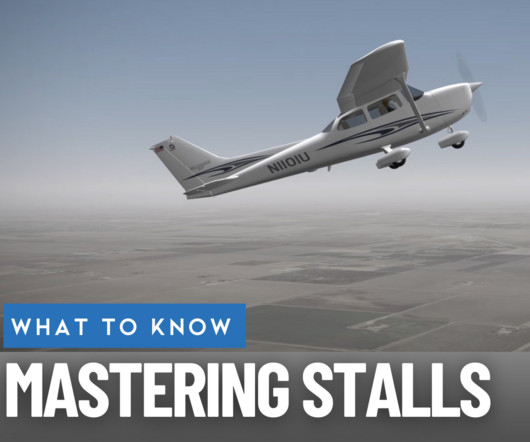Mastering Stalls: How to Recognize, Prevent, and Recover Safely
Flight Training Central
MARCH 3, 2025
Depending on design, airfoils used in general aviation, stall at angles of attack between 16 to 18 degrees. If the bank increases, the loss of vertical lift component tends to lower the nose. Because of engine torque and “P” factor, turns to the left will tend to steepen, and banks to the right tend to decrease.











Let's personalize your content